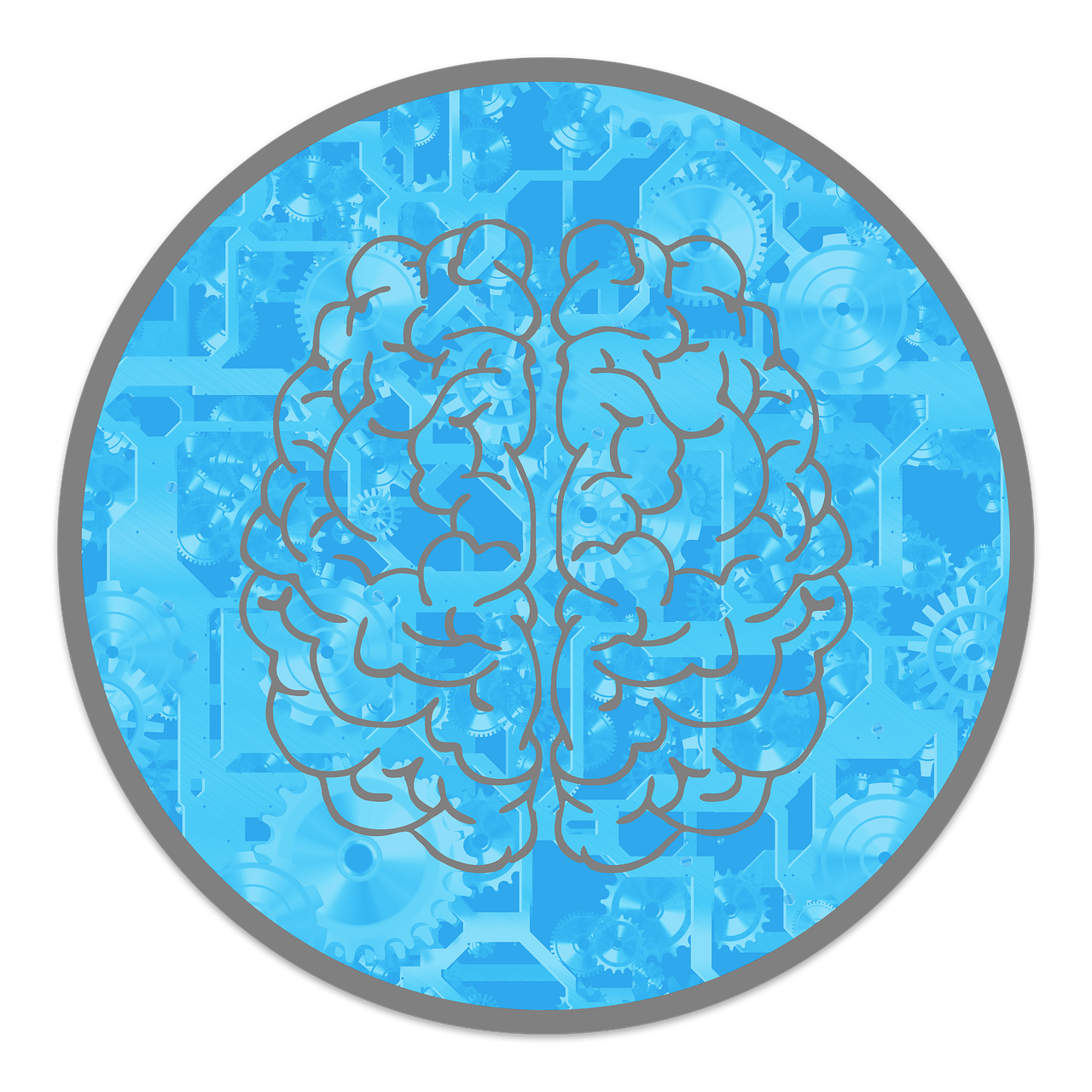
Brain research and neuroscience are basically the Marvel and DC of modern science—two powerhouses teaming up to change everything.
As we dive deeper into how the brain works, we’re unlocking wild new ways to treat diseases, invent smarter tech, and level up mental health.
It’s like real-life sci-fi, but with more neurons and fewer aliens.
Understanding the Foundation: Brain Research vs. Neuroscience
Alright, here’s the breakdown in plain language—with a bit of flair:
Think of brain research as the hands-on, gadget-using detective work—like Sherlock Holmes scanning the brain with fancy tools (MRI, EEG, all that jazz).
It zooms in on what the brain does and how it does it.
Neuroscience is the bigger picture—it’s like the entire Marvel Universe, not just Iron Man.
It looks at the whole nervous system: the brain, spinal cord, and nerves, and asks, “How do all these parts work together to make us us?”
The cool part? These two feed off each other.
Better brain research tools = deeper neuroscience insights.
And smarter neuroscience theories = even better research tools.
It’s a nerdy loop of innovation—kind of like upgrading your tech in a video game so you can unlock new levels faster.

The Digital Revolution: AI and Machine Learning Transform Brain Research
Advanced neuroimaging and data analysis
Neuroscience is leveling up—like Tony Stark plugging into JARVIS—but for brains.
In 2024, scientists made some big moves, like tracking blood markers for Alzheimer’s and mapping out brain cells with GPS-level accuracy (seriously).
But here’s the real game-changer: artificial intelligence.
AI is now the go-to lab partner.
It can sift through mountains of brain scans and data way faster than any human.
Machine learning spots hidden patterns—think of it as Sherlock Holmes meets The Matrix.
Instead of just staring at brain waves and hoping for a eureka moment, researchers can now ask the data smart questions and actually get useful answers. That’s wild.
Personalized brain modeling
Fast-forward to 2025, and the hot trend is building personalized brain models.
Basically, it’s like making a digital twin of your brain—yes, your actual noodle.
These custom models help scientists see how stuff like epilepsy or depression plays out in your brain, not just a generic one-size-fits-all version.
It’s a big step toward treatments that actually fit people, not just symptoms.
Imagine if your brain had its own Netflix profile—tailored suggestions, but for meds and therapies instead of murder documentaries.
Breakthrough Technologies Reshaping Neuroscience
Brain-Computer Interfaces (BCIs)
Brain-computer interfaces (aka BCIs) are no longer just sci-fi stuff from Black Mirror.
Scientists working with the BRAIN Initiative just dropped the most detailed 3D map of human brain tissue ever—think Google Earth, but for neurons.
And get this: they also built a BCI that lets people turn brain waves into speech without hours of practice.
Just… think it, and the machine talks. Wild, right?
These tools aren’t just about helping people with paralysis or brain injuries (though that’s huge).
BCIs are starting to change how we might interact with tech in general—like the future version of touchscreens, but using your mind instead of your fingers.
Imagine texting someone just by thinking the message. Yep, we’re headed there.
Nanotechnology in neural repair
Now let’s talk nanotech—basically, the science of making really tiny stuff do big things.
In 2024, researchers made progress using nano-sized particles to heal brain injuries.
These particles can deliver meds straight to damaged brain areas, like tiny Uber Eats drivers for neurons.
Why does this matter? Because treating strokes, concussions, or Alzheimer’s might one day be as precise as ordering a pizza.
Nanotech could target problem areas without messing with the rest of the brain. Less collateral damage, better recovery.

The Convergence of Multiple Disciplines
Interdisciplinary collaboration
Brain research these days isn’t just for lab coats and neuron geeks.
It’s become a giant team project—imagine AI researchers, psychologists, engineers, biologists, and doctors all crammed into one Zoom call, trying to figure out how the brain ticks.
This mash-up of minds is exactly how we’re making progress.
By mixing tools from computer science with insights from neuroscience, we’re starting to crack problems that used to be total dead ends.
We’re not just figuring out how the brain works—we’re using that knowledge to build better tools to treat mental illness, diagnose diseases faster, and even make computers that “think” more like us.
It’s like building Iron Man’s suit, but for the brain.
Cognitive research and AI development
Here’s a fun twist: our understanding of how humans think actually helped create artificial intelligence in the first place.
Yep—way back, funding for cognitive research (aka “how does memory even work?”) accidentally set the stage for the AI tools we now use to generate memes, write essays, and make your phone creepy-good at predicting your texts.
Now, AI’s circling back and helping us study the brain itself—spotting patterns in data that no human could catch without pulling 72 all-nighters.
It’s a full-circle moment, like a mentor-student story where the student (AI) comes back to level up the master (brain research).
Clinical Applications and Medical Breakthroughs
Early detection and diagnosis
One of the coolest things about today’s brain research?
We’re getting way better at spotting problems before they show up.
Thanks to sharper brain scans and AI tools that can read them like Sherlock with a brain MRI, doctors can now detect signs of Alzheimer’s, Parkinson’s, and MS long before symptoms even show up.
It’s like getting a weather alert before the storm hits—only the forecast is for your neurons.
Personalized Medicine
We’re finally moving past the “take two pills and hope for the best” era.
Brain research is helping doctors tailor treatments to you.
We’re talking about using your genes, your brain structure, and even your unique neural wiring to figure out which meds, therapies, or interventions will actually work.
It’s basically Netflix recommendations—but for your brain health.
Therapeutic Innovations
The insights gained from brain research are leading to innovative therapeutic approaches. These include:
- Precision neurostimulation: Instead of zapping the whole brain, we can now target specific circuits. Think of it as brain GPS for treating depression or epilepsy.
- Gene therapy: If there’s a faulty gene causing your condition, scientists are learning how to edit it—like fixing a typo in your DNA.
- Stem cell therapies: Researchers are working on ways to replace damaged brain cells—kind of like swapping out old parts in a car engine.
- Pharmacological advances: With better maps of how brain chemicals actually work, drug developers can create meds that hit the right targets, not just carpet-bomb your whole brain.

The Future of Brain Research and Neuroscience
Emerging Technologies
Brain research is about to get even weirder—in the best way possible. Here’s what’s coming down the pipeline:
- Optogenetics: Researchers can now control neurons with lasers like it’s a sci-fi remote control. It’s helping us understand which brain cells do what.
- Advanced neuroimaging: Brain scans are getting ultra HD. We’re talking real-time, high-res visuals of your neurons doing their thing.
- Quantum computing: If quantum computers keep evolving, we might soon simulate entire brain networks—like building digital brains that can help us solve the real ones.
Ethical considerations and challenges
With great brainpower comes great responsibility.
The more we can “read” or even influence brain signals, the more we have to think about mental privacy.
What if someone hacks your brain data? Or uses neurotech to manipulate thoughts?
Yeah. It gets deep fast.
That’s why researchers, ethicists, and policymakers need to stay on the same page.
The goal isn’t just cool tech—it’s ethical tech. One that helps, heals, and respects your headspace.
Impact on Different Neurological Conditions
Alzheimer’s disease and dementia
Brain research is making huge strides in the fight against Alzheimer’s and dementia.
We’re now able to spot early warning signs—decades before symptoms show up.
Thanks to super sharp brain scans, doctors can detect tiny changes in the brain way before memory loss kicks in.
It’s like having a spoiler alert for your neurons—except now we might actually be able to change the ending.
Mental health disorders
Depression, anxiety, schizophrenia—they’re not just “all in your head” (well, okay, they are, but you know what I mean).
Researchers are mapping the actual brain circuits that get scrambled in mental health conditions.
That means we’re getting closer to treatments that go beyond “try this and see if it works.” Think targeted fixes, not emotional duct tape.
Stroke and traumatic brain injury
When it comes to strokes and traumatic brain injuries, scientists are now better at figuring out how the brain bounces back.
Brain plasticity—the brain’s ability to reroute and rebuild—is kind of like watching your GPS recalculate after a wrong turn.
This research is helping therapists and doctors design smarter rehab plans and even develop treatments that help the brain heal faster.
Conclusion: A New Era of Understanding
We’re in a brain research boom—think less dusty lab coats, more AI, lasers, and actual progress.
Thanks to wild new tech, teamwork across disciplines, and smarter research methods, we’re finally starting to crack the brain’s code.
This isn’t just about cool gadgets—it’s about real breakthroughs: early Alzheimer’s detection, better mental health treatments, and even exploring consciousness (yes, the deep stuff).
The more we learn, the closer we get to treating things we once thought were untouchable.



